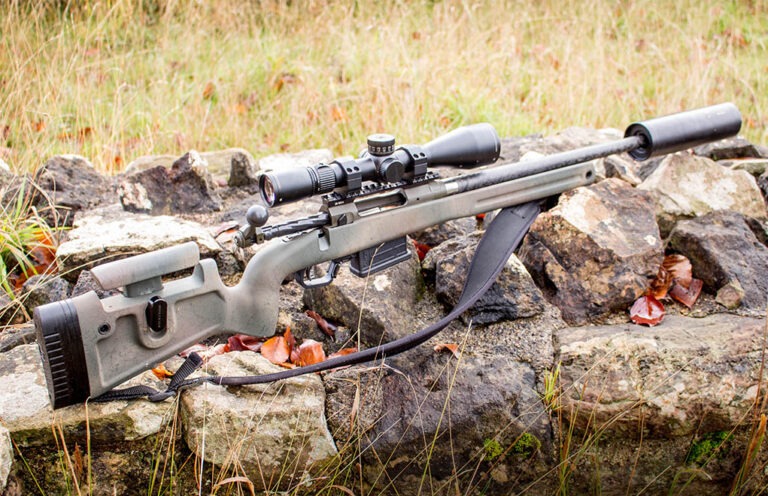
I headed across the pond with a Savage 110 PPR to test its practical precision in the hunting fields.
I enjoy all sorts of big game hunting, both here in the U.S. and Canada—as well as more exotic locations such as Africa and Australia. But I must report that the United Kingdom has a different allure; it has deep-rooted traditions and a different approach to the sport than much of the rest of the world.
Having experienced a traditional stalking hunt for Scottish red stag, I jumped at the opportunity to hunt the Cotswolds, a beautiful, forested region in the southwest of England, for fallow deer and roe deer. In addition to a great hunting opportunity, my host would be world-renowned chef Mike Robinson, whose fallow deer culling operation provides a good percentage of the venison to England’s restaurants.
Upon arriving, Mike and his guides took us to the larder—the hunt headquarters, if you will—where the shooting range was also situated. Mike’s face was beaming as he and Savage’s Beth Shimanski unveiled the Model 110 PPR rifle. Designed for the rigors of stalking and culling in England’s wet, heavy vegetation, while delivering the precision needed for the head shots taken on those game animals destined for the public, the 110 PPR—the Professional Pursuit Rifle—had input from Robinson, drawing on his vast experience in the Cotswolds.
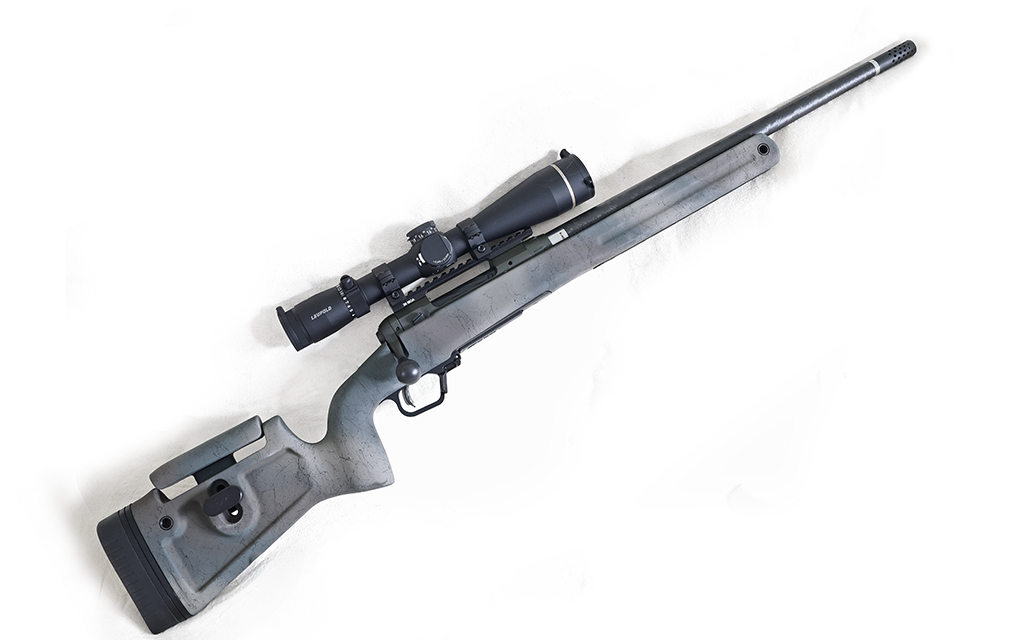
Holding History
The famous Savage 110 action has been relied upon for being a part of the company’s accuracy equation, and on the Professional Pursuit Rifle, it houses a fluted bolt, and a bolt face with dual plunger ejectors and a larger extractor. Atop the 110’s receiver is mounted a 20-MOA Picatinny rail, to extend the long-range capabilities of the rifle. The safety remains on the tang, under the thumb, and the bolt release remains in its traditional location.
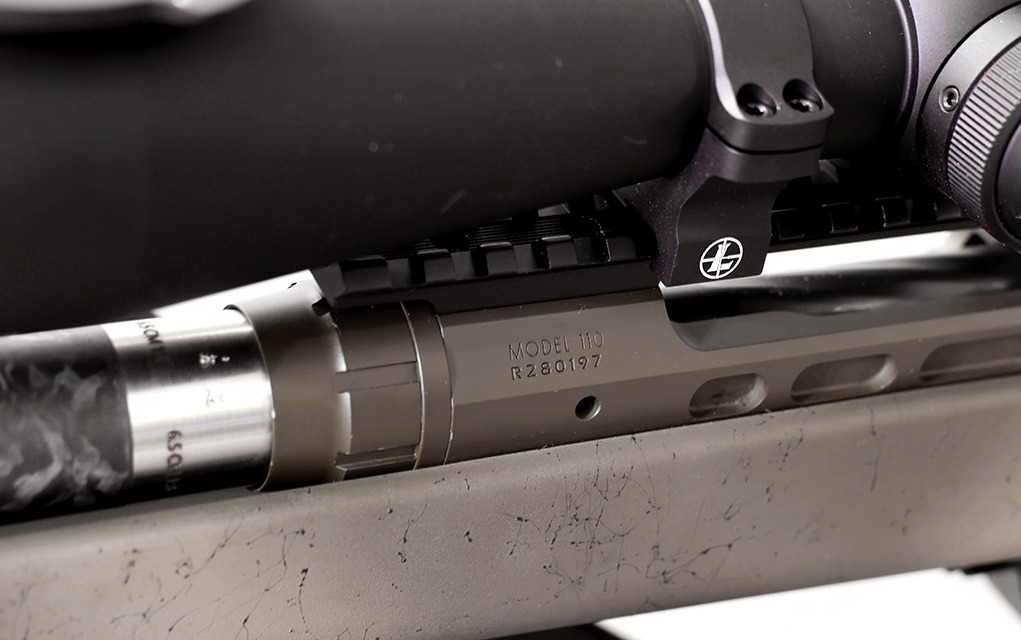
The bolt handle features an oversized ball, so that even with wet hands the action can be cycled. The Savage 110 PPR features a carbon-fiber-wrapped Proof Research barrel—20 inches long in all calibers—that’s threaded for the use of a suppressor, which was used on our hunt in England, or the use of a muzzle brake that’s shipped with the rifle.
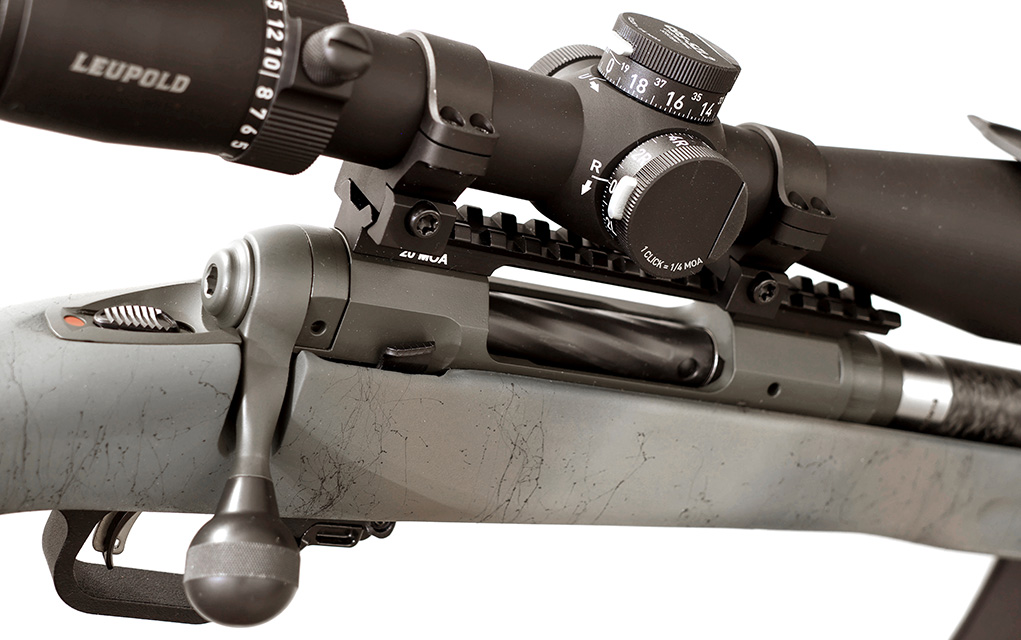
Savage has equipped the 110 PPR with the AccuTrigger; though fully user-adjustable, my test rifle broke consistently at 2 pounds, 4 ounces, allowing the shooter to accurately place shots. In my time in England, I had the opportunity to use three different examples of the 110 PPR—two in 6.5 Creedmoor and one in 6.5 PRC—and I was impressed by the uniformity of the rifle. Taking precision headshots in field positions, though we had the excellent ViperFlex quad sticks, is not the easiest of tasks, but the accuracy of the Savage rifle laid the blame of any mishaps on the shooter.
I took three spike fallow deer—known locally as a “pricket,” as their small, under-developed antlers aren’t desirable for a healthy gene pool—without issue, as well as a roe buck at the end of his days. A crisp trigger is integral to accurate shooting, and I don’t think it’s any surprise that Savage has a winner with their AccuTrigger design.
Different, But Good
The most interesting and unique features of the Savage Model 110 PPR is the stock they’ve chosen: the Grayboe Phoenix 2. This is a sophisticated, well-thought-out and well-engineered rifle stock, even if it is radically different from the classic figured walnut stocks I am so personally fond of.
While it may not have the appearance of a traditional hunting rifle, the Grayboe Phoenix 2 is all business, offering options that a hunter and precision shooter will appreciate. The stock is adjustable for both comb height and length-of-pull. The test rifle I was sent had a length of pull that measured 13¼ inches, with the addition or removal of spacers at the butt of the rifle, just ahead of the recoil pad. The comb height is adjustable via a large set screw on the right stock of the stock, allowing the cheek piece to raise or lower when loosened, being secured when the screw is tightened. The cheek piece is adjustable with just one hand.
The Phoenix 2’s grip is nearly vertical, with an ergonomic palm swell that allows the shooter to afford a solid grip on the rifle, while still being able to comfortably engage and disengage the tang-mounted safety, and without introducing additional heartbeat shake by having the trigger-hand thumb over the tang. At the front end of the trigger guard is the spring-loaded lever, which releases the polymer magazine; a gentle push sees the magazine drop from the well.

The forend of the Phoenix 2 is rather square—perfect for the use of a shooting cradle on a tripod—and the bottom of the forend is equipped with a 9-inch section of M-Lok rail for attaching a shooting aid. Both sides of the Grayboe stock are equipped with a flush cup sling attachment point at the front of the forend and at the rear of the buttstock. The barrel is completely free floated.
Despite the traditional English weather—if you don’t like it, please wait 10 minutes—where we experienced the transition from bright sunshine to pouring rain to a gentle mist, the design of the Grayboe stock allowed the rifle to stay on the shoulder while walking/stalking, comfortably in the hands while closing in on a croaking fallow buck, or safely across the back while helping to transport a roe buck or fallow buck.
Painted in a camo pattern based on green and earth tones interspersed with a thin black web, the Grayboe stock has a flat finish, so there’s no worry about glare scaring off the game. And unlike many polymer stocks, the Phoenix 2 isn’t “loud” stalking through the brush and limbs don’t make a loud noise when rubbing against the stock. Frankly, it isn’t hard to see why Mike Robinson & Co. took a shine to this design, as it checks all the boxes in the area they hunt.
Set Up to Shine
To prepare the 110 PPR for the range, I mounted the new Leupold VX-6HD Gen 2 3-18×44 scope in Leupold rings. This scope is similar in size, shape and weight to the original version, but Leupold has made some interesting tweaks to improve performance. The lens coating seems to lend a bit more clarity, especially in low-light situations, and they’ve moved to a smaller and more ergonomic power level throw knob, but the feature I like best is the new turret design.
Instead of using a tiny Allen wrench (which I lose more often than not) to reset or slip the elevation and windage turrets, Leupold now uses a spring-loaded set screw. Depress the screw, pull up on the tab and you can quickly and easily reset the turrets to zero without the use of tools—I am absolutely a fan. The same left-side focal knob is still there, as is the illuminated reticle (my test scope featured the excellent FireDot).
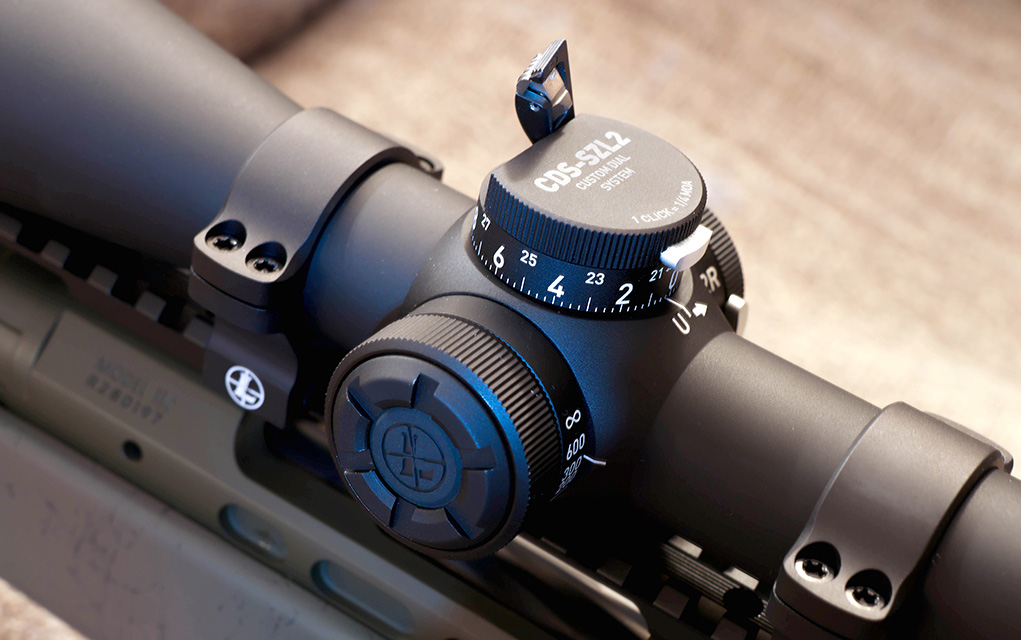
Add up all these features and you’ve got one of the best scopes on the market, giving an excellent balance of price, features, and sheer reliability, all in a lightweight package. The 110 PPR rifle and Leupold scope combination tipped the scales at 8 pounds, 4 ounces unloaded. The 30mm main tube gives plenty of elevation adjustment, especially when used in conjunction with the PPR’s 20-MOA rail, in addition to providing a bright image. And Leupold offers an additional CDS turret marked out in yardage, correlating to your chosen load and elevation, free of charge.
Additional Testing
Having proved itself across three different rifles in England, so far as functionality goes—I didn’t have a single feeding or extraction issue, nor any failures to fire—I grabbed a quartet of different types of 6.5 Creedmoor ammunition to test at my little backyard range. In the mix was the Hornady Precision Hunter ammo, using the 143-grain ELD-X bullet, the Hornady Outfitter ammo featuring the 120-grain monometal CX bullet (we used this with great effect in England), the Federal Fusion Tipped ammo at 140 grains and the Federal 130-grain Barnes TSX load. I also had the opportunity to measure velocities with the Garmin Xero C1 Pro and was impressed with this unit.
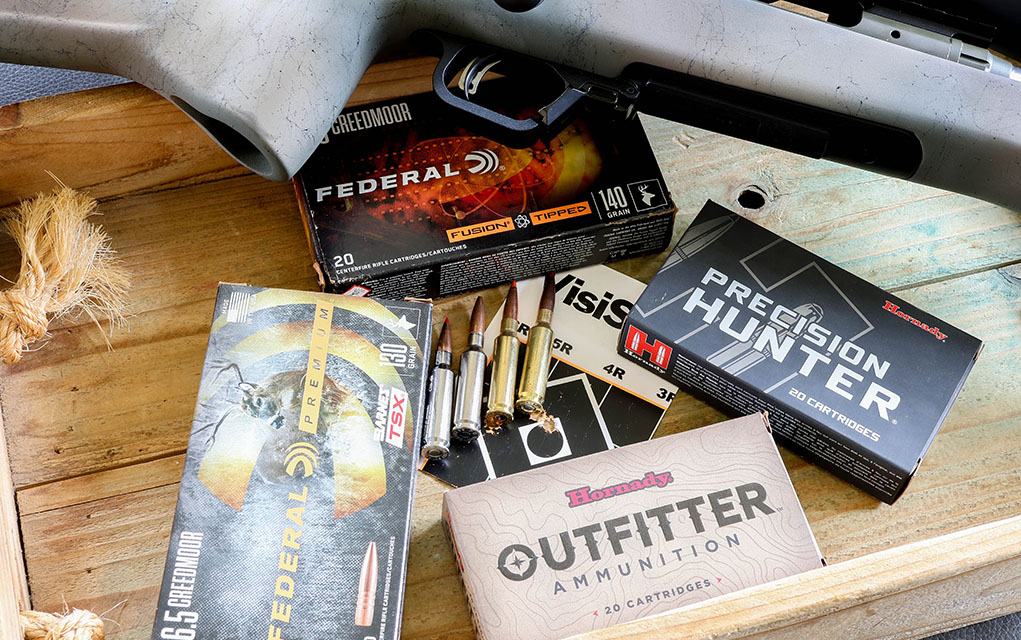
Using three-shot groups for testing, the Savage 110 PPR I tested showed a preference for the monometal projectiles, with the best groups being delivered by the Federal Barnes TSX load and the Hornady CX load. Both averaged 0.6-inch groups at 100 yards, with the Federal load giving just a slightly more even velocity reading. The Hornady Precision Hunter load printed three-shot groups averaging 0.72 inch, with the Federal Tipped Fusion load coming in at an even 0.8 inch.
During the bench testing, there were no feeding issues at all, nor any problems with extraction. The bottom line is that the test rifle, much like the guns I had the opportunity to shoot in England, was wonderfully accurate for a rifle of this length and weight.
Savage Model 110 PPR 20-inch barrel
| LOAD | CARTRIDGE | BULLET WEIGHT | ADVERTISED VEL. | OBSERVED AVG. VEL. | SMALLEST GROUP | AVERAGE GROUP | LARGEST GROUP |
| Hornady Outfitter | 6.5 Creedmoor | 120 grain CX | 2,700 fps | 2,586 fps | 0.52” | 0.60” | 0.81” |
| Hornady Precision Hunter | 6.5 Creedmoor | 143 grain ELD-X | 2,700 fps | 2,586 fps | 0.65” | 0.72” | 0.89” |
| 140-grain Fusion Tipped | 6.5 Creedmoor | 140 grain Fusion Tipped | 2,175 fps | 2,604 fps | 0.70” | 0.80” | 0.98” |
| Federal Premium | 6.5 Creedmoor | 130 grain Barnes TSX | 2,825 fps | 2,705 fps | 0.48” | 0.61” | 0.78” |
A Tradition Continued
Savage’s Model 110 Professional Pursuit Rifle might not look like Grandpa’s fetchin’ iron, but it surely makes an ergonomic and effective hunting tool. What you have is a well-balanced rifle, capable of fine accuracy, with a practical stock constructed of weatherproof material. All the metalwork is coated in a black Cerakote, and the Proof Research carbon-fiber-wrapped barrel both reduces weight and dissipates heat very well. The shorter barrel makes perfect sense for those who spend time in the confines of a deer or bear blind yet offers the capability of making shots on the longer side of the spectrum, without a huge loss in velocity.
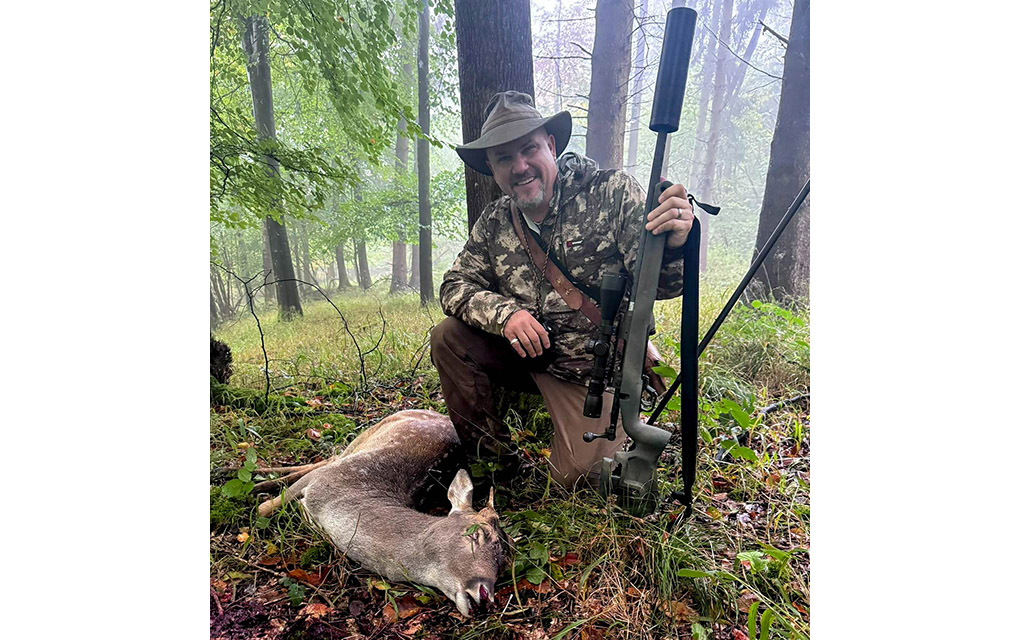
The rifle balances well, and with the muzzle brake onboard, measures just 41½ inches from stem to stern. You get the famous Savage AccuTrigger, as well as the barrel nut and floating bolt head, which greatly help to enhance the rifle’s accuracy potential, as well as that impressive Grayboe composite stock. With an MSRP of $2,399 and a street price of right around $2,000 at the time of this writing, you could spend more and still not have all the features wrapped up in the 110 Pro Pursuit Rifle.
Available in right-hand configurations, it’s chambered for the 6.5 Creedmoor, 6.5 PRC, .270 Winchester, .28 Nosler, 7mm PRC, 7mm Backcountry, .308 Winchester, .30-06 Springfield, .300 Winchester Short Magnum and .300 Winchester Magnum.
Editor's Note: This article originally appeared in the June 2025 issue of Gun Digest the Magazine.
More On Hunting Rifles:
- Top Bolt-Action Rifles For Hunting
- Mossberg Patriot: True Globetrotting Hunter
- Best Affordable .308 Rifles For The Hunt
- Best .22-250 Rifle Buyer's Guide
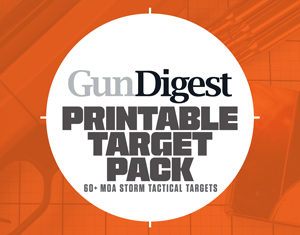
Next Step: Get your FREE Printable Target Pack
Enhance your shooting precision with our 62 MOA Targets, perfect for rifles and handguns. Crafted in collaboration with Storm Tactical for accuracy and versatility.
Subscribe to the Gun Digest email newsletter and get your downloadable target pack sent straight to your inbox. Stay updated with the latest firearms info in the industry.

![Best Concealed Carry Guns In 2025 [Field Tested] Wilson Combat EDC X9S 1](https://gundigest.com/wp-content/uploads/Wilson-Combat-EDC-X9S-1-324x160.jpg)


![Best 9mm Carbine: Affordable PCCs [Tested] Ruger Carbine Shooting](https://gundigest.com/wp-content/uploads/Ruger-Carbine-Shooting-100x70.jpg)
![Best AR-15: Top Options Available Today [Field Tested] Harrington and Richardson PSA XM177E2 feature](https://gundigest.com/wp-content/uploads/Harrington-and-Richardson-PSA-XM177E2-feature-100x70.jpg)
